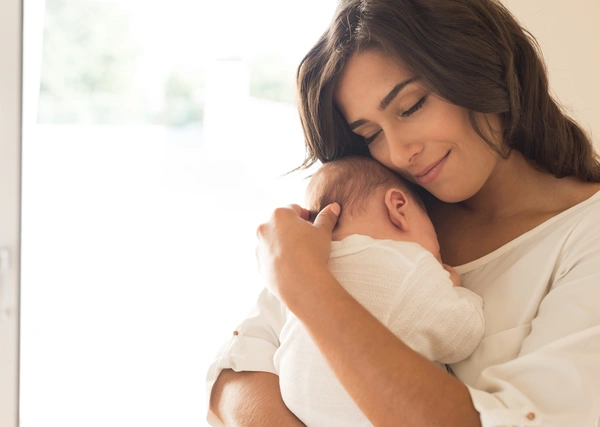
Mom and dad
Woman with male partner

Assisted Reproduction treatments offer medical solutions for those unable to conceive naturally. At Institut Marquès, our specialists perform an individualized diagnosis and recommend the most appropriate therapeutic option for each patient. We also provide emotional support and a comprehensive approach to accompany you on your journey to motherhood or fatherhood.
Seeing a specialist in a timely manner allows for a clear diagnosis and proper guidance to increase the chances of pregnancy.
One of our team members will be in touch shortly through your preferred method of communication.
Fill out the form and we will contact you to arrange a visit with a specialist in Assisted Reproduction.
